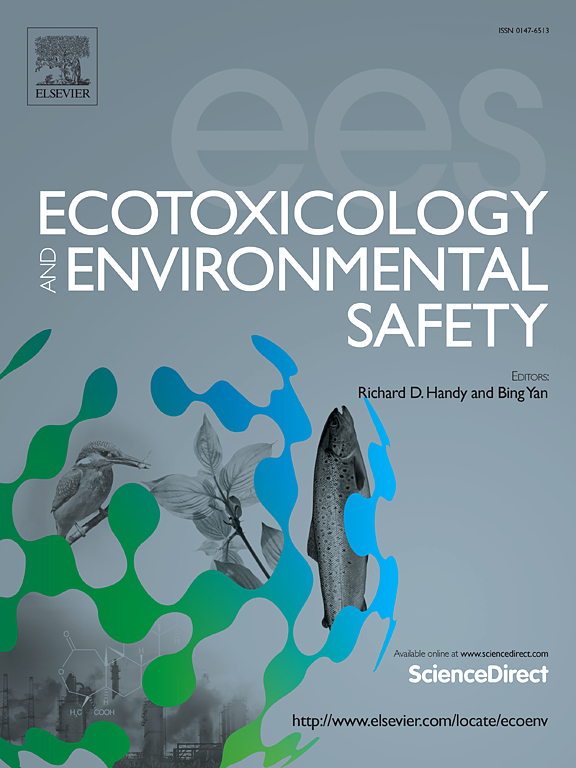Associations of metals with hemoglobin and anemia in a Chinese early adolescent cohort
IF 6.2
2区 环境科学与生态学
Q1 ENVIRONMENTAL SCIENCES
引用次数: 0
Abstract
Background
The relationship between exposure to metals with hemoglobin levels and anemia in children and adolescents has shown inconsistency. This study aimed to evaluate the associations of individual metals and metal mixtures with hemoglobin levels and anemia risk, as well as potential sex differences, in a Chinese early adolescent cohort.
Methods
Data was obtained from a Chinese early adolescent cohort with two-year follow-up periods. Serum concentrations of 12 metals were measured using inductively coupled plasma mass spectrometry (ICP-MS). To examine the individual associations of metals with hemoglobin levels and anemia risk, a series of single-metal and multi-metal adjusted generalized linear mixed models (GLMMs) were applied. Additionally, quantile g-computation (qgcomp) and Bayesian kernel machine regression (BKMR) were used to analyze the effects of metal mixture. Furthermore, all analyses were stratified by sex.
Results
The multi-metal adjusted GLMMs identified significant associations of As (β=2.31; 95 % CI: 0.15, 4.47), Cd (β=-2.11; 95 % CI: −4.11, −0.11), Cr (β=-10.19; 95 % CI: −19.09, −1.30), Cu (β=-7.27; 95 % CI: −14.27, 0.26), Fe (β=13.71; 95 % CI: 10.03, 17.38), Pb (β=7.87; 95 % CI: 4.21, 11.5), V(β=-13.60; 95 % CI: −21.32, −5.88), and Zn (β=14.77; 95 % CI: 4.38, 25.15) with hemoglobin concentration, as well as As (OR=0.26; 95 % CI: 0.11, 0.60), Co(OR=4.27; 95 % CI: 1.25, 14.6), Cr (OR=10.49; 95 % CI: 1.61, 68.39), Fe (OR=0.03; 95 % CI: 0.01, 0.12) and Pb (OR=0.18; 95 % CI: 0.04, 0.80) with anemia risk. Moreover, the qgcomp revealed no association of metal mixture with hemoglobin concentration (β=0.94; 95 % CI=-0.45, 2.33) or anemia risk (OR=0.81; 95 % CI: 0.51, 1.27). After stratification by sex, the qgcomp demonstrated no significant overall effect of the metal mixture on hemoglobin concentration or anemia risk in either boys (β=0.93; 95 % CI: −0.84, 2.71 for hemoglobin, and OR=0.64; 95 % CI: 0.27, 1.52 for anemia) or girls (β=0.93, 95 % CI: −1.16, 3.01 for hemoglobin, and OR=0.72; 95 % CI: 0.40, 1.32 for anemia). Similarly, sex-stratified BKMR models also revealed no significant association between the metal mixture and hemoglobin concentration or anemia risk in either boys or girls.
Conclusions
This study highlights the individual and collective impacts of 12 metals on hemoglobin and anemia during early adolescence, underscoring the need for experimental and larger cohort studies to further corroborate these findings.
求助全文
约1分钟内获得全文
求助全文
来源期刊
CiteScore
12.10
自引率
5.90%
发文量
1234
审稿时长
88 days
期刊介绍:
Ecotoxicology and Environmental Safety is a multi-disciplinary journal that focuses on understanding the exposure and effects of environmental contamination on organisms including human health. The scope of the journal covers three main themes. The topics within these themes, indicated below, include (but are not limited to) the following: Ecotoxicology、Environmental Chemistry、Environmental Safety etc.

 求助内容:
求助内容: 应助结果提醒方式:
应助结果提醒方式:


